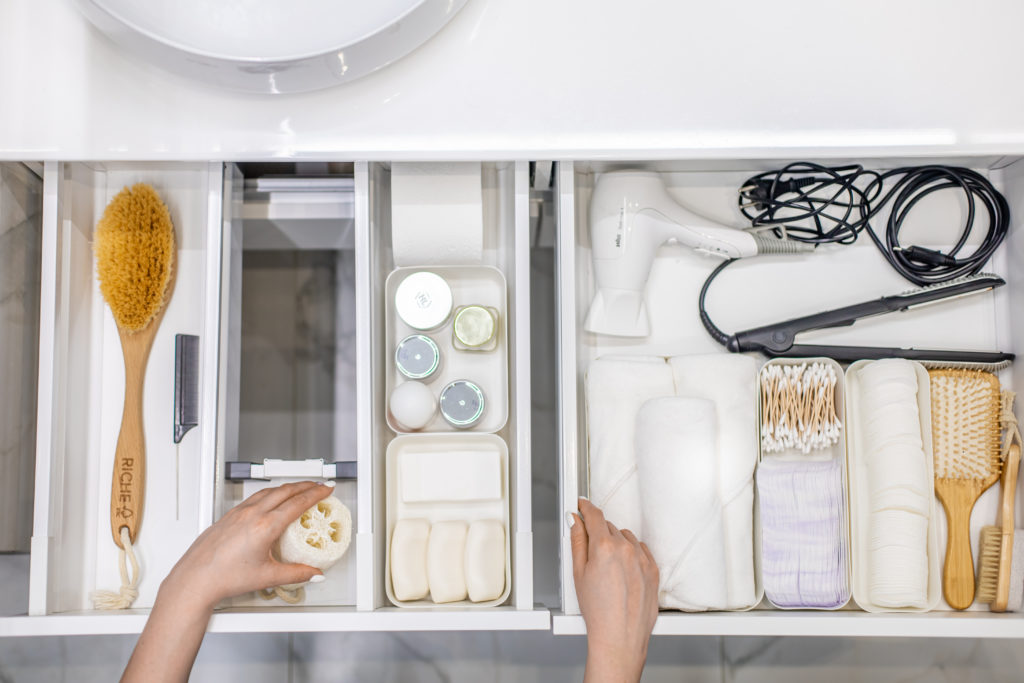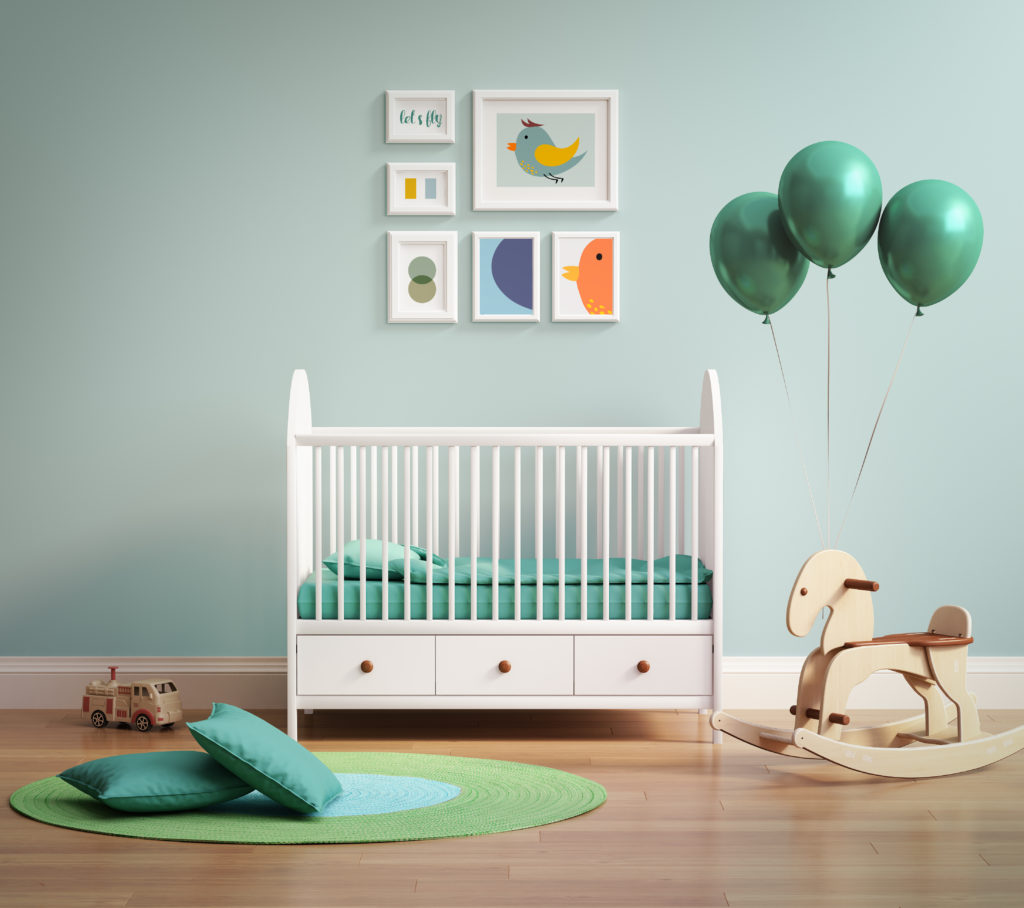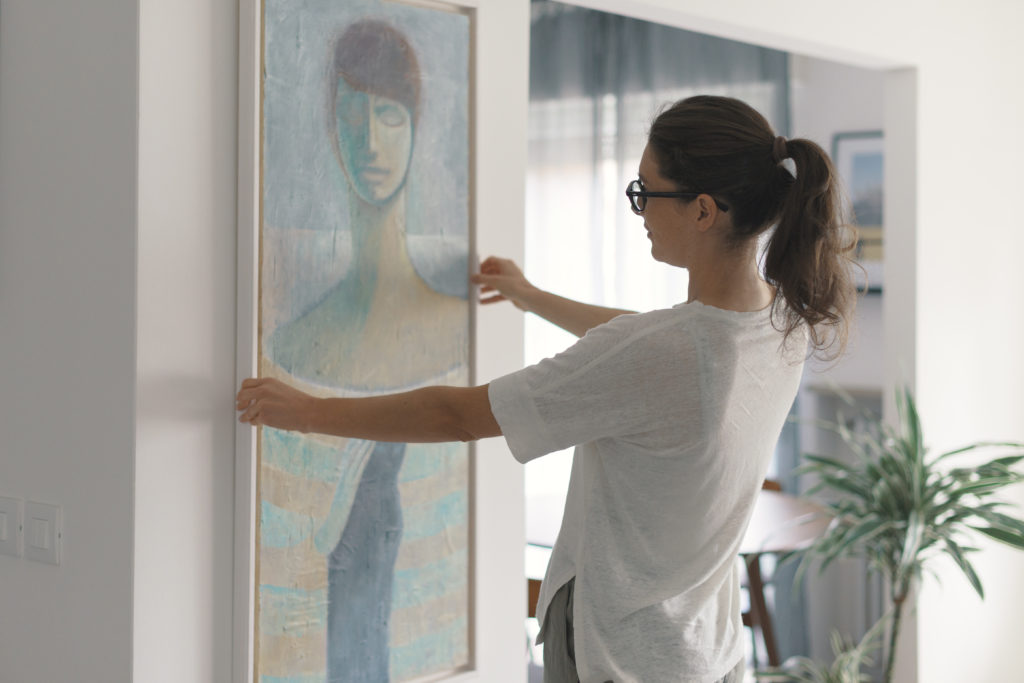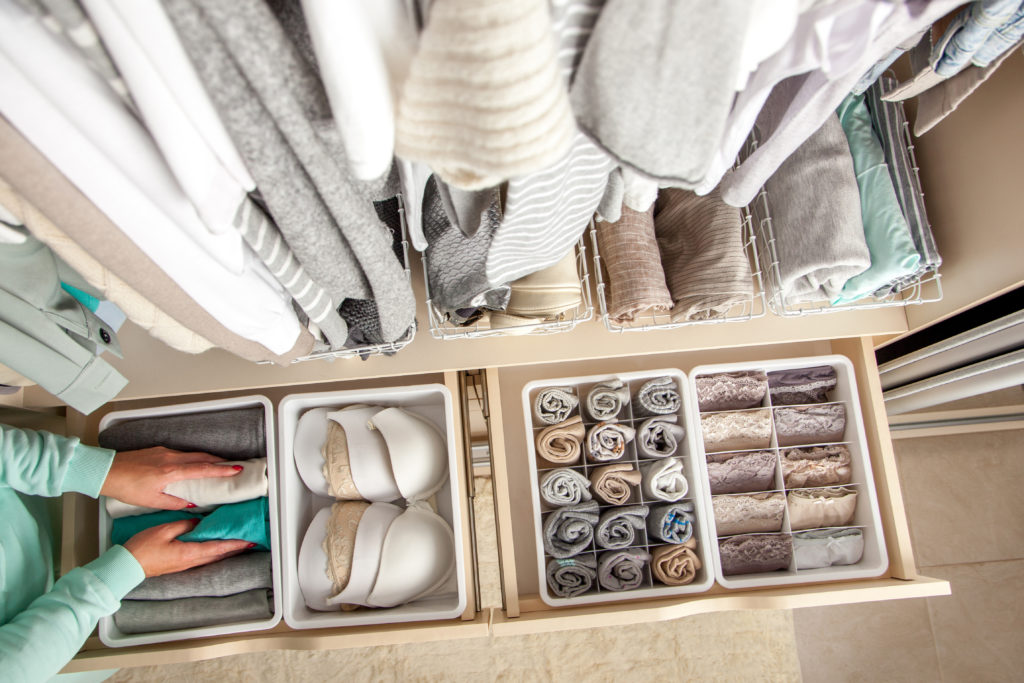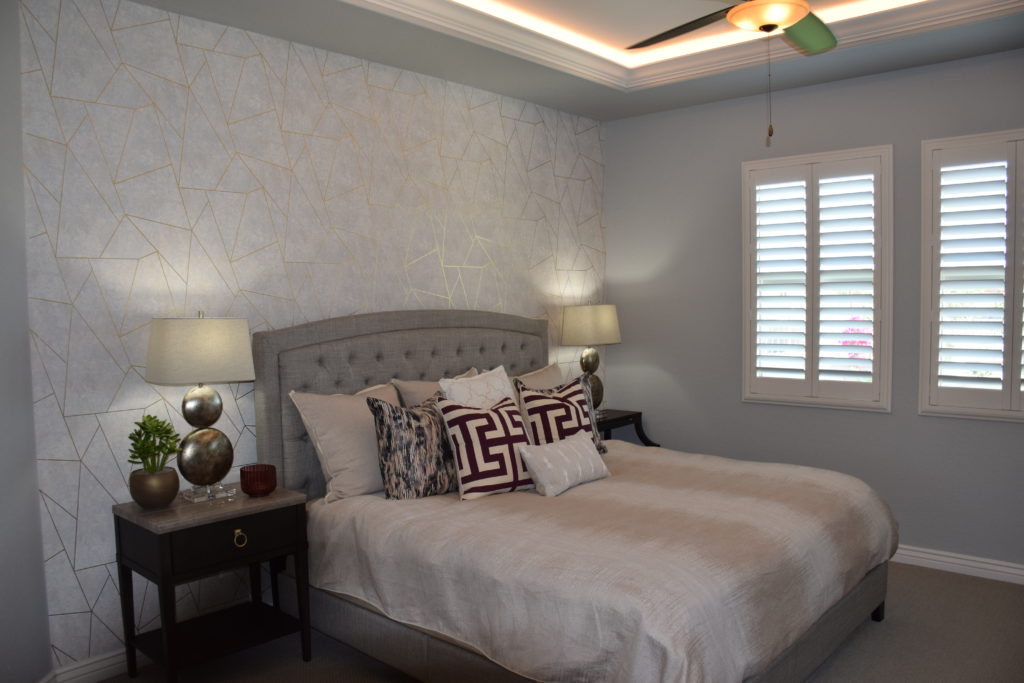How to use color to convey in interior design
Have you ever thought about deciding the color scheme of your home based on the psychology of color? Certainly, it’s perfectly fine to go with your favorite colors, but one of the great things about knowing how color affects the way people experience a space is that you can create an ideal setting.
This doesn’t mean you have to forego colors you love, but the meaning of color is so effective that it actually changes with the intensity of the color. For example, the color blue can be light, dark, bold, pastel, etc, and each of these is a little different. Selecting a certain shade allows you to create a very specific effect! Intrigued? Keep reading Part One – Dark Colors. Then check out our other blog posts that explain additional options!
Dark colors:
- Amber – multi-cultural, mellow, abundant, original
- Black – powerful, elegant, sophisticated, mysterious, bold, basic, classic, strong, expensive, magical, night, prestigious, stylish, modern
- Brick Red – warm, earthy, established, strong
- Charcoal Grey – reliable, responsible, accountable, conscientious, resolute, restrained, conservative, professional, classic, sophisticated, enduring, mature, business
- Chocolate Brown – scrumptious, rich, robust, appetizing
- Deep Blue – credible, authoritative, basic, conservative, classic, strong, reliable, traditional, service, nautical, loyal, confident, professional, clarity
- Deep Purple – visionary, wealthy, royalty, prestigious, subdued
- Dark Green – nature, trustworthy, refreshing, cool, restful, stately, mountains, hushed, woodsy traditional, reliable, money, prosperity
- Foliage Green – natural, fertile, healthy, balance, life, growth, soothing, harmony, restful, restoration, lively, spring, renewal, lush
- Teal – serene, cool, tasteful, sophisticated, confident
- Vibrant Dark Orange – fun, whimsical, childlike, happy, glowing, sunset, hot, energizing, active, gregarious, good natured, spontaneous, optimistic, talkative, jovial, sociable, self-assured, persuasive, animated


